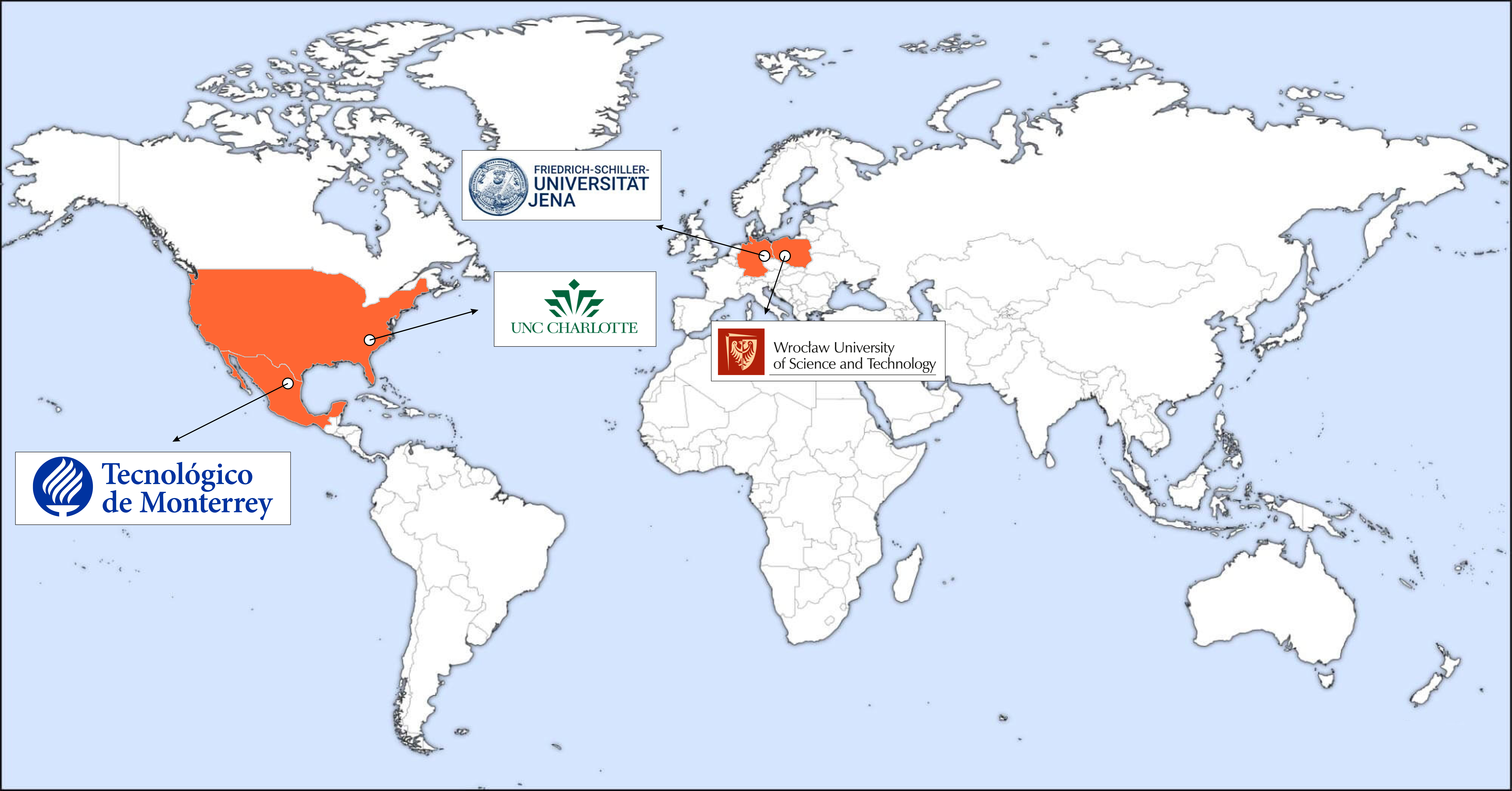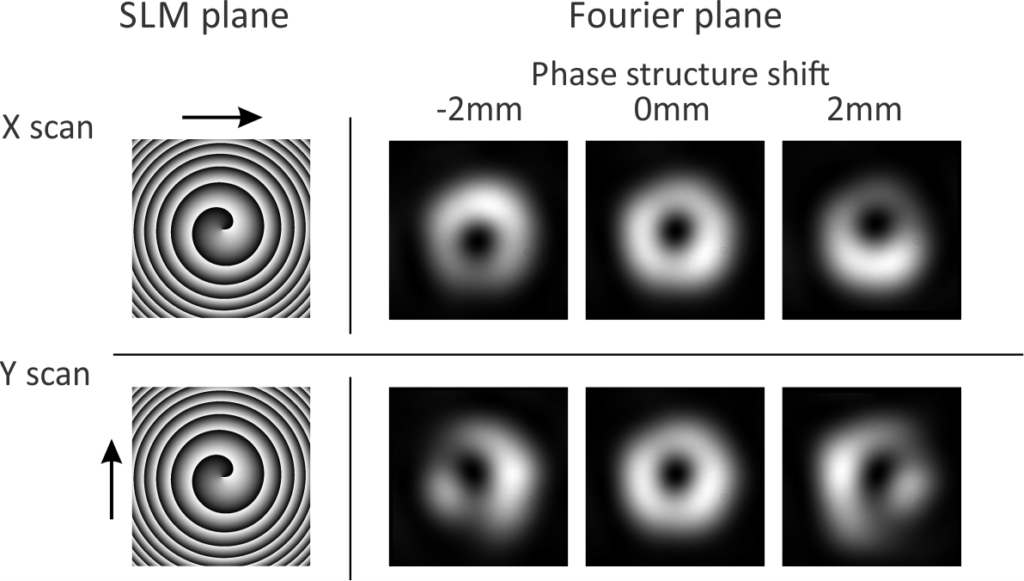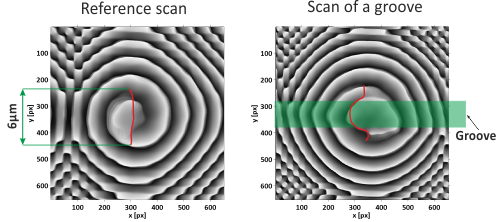
Beam evaluation

Beam quality is one of the problems, that arises in many optical systems, especially in applications which require its high quality. Several methods of beam quality improvement were proposed so far. Proper evaluation of this improvement is equally important. Most of the used beam quality merit functions are based on visual inspection of an examined beam. The most popular approach is based on a comparison between ideal and reference (experimental) image. It can use pixel-by-pixel analysis, RMS or other methods. Nevertheless, a number of evaluated points is limited, which is an important case for demanding optical systems and may not always provide enough information. In this paper, the more objective method of beam quality evaluation is proposed. This method is based on an optical vortex and its ability to sense optical system imperfections. The method used here takes advantage of vortex broken symmetry when the vortex is shifted off-axis. The scan is made by shifting the vortex within the beam and marking the position of the vortex to obtain the whole trajectory, which shape depends on the quality of the examined beam. This internal scanning approach was previously used to retrieve the shape of the object in the Optical vortex scanning microscope but has never been considered as a beam quality merit function.
Optical Vortex Scanning Miscroscopy

The project of Agnieszka Popiołek – Masajada, Ph.D., where I had a pleasure to take part in. The goal of the project is to develop a superresolution microscope, based on optical vortex. The ability to move vortex inside a beam, by shifting its generating element opens a possibility to use it as an object scanner. The vortex here works as a tool, where the position of a singular point, as well as a phase distribution around it, can reveal additional information about a measured object.